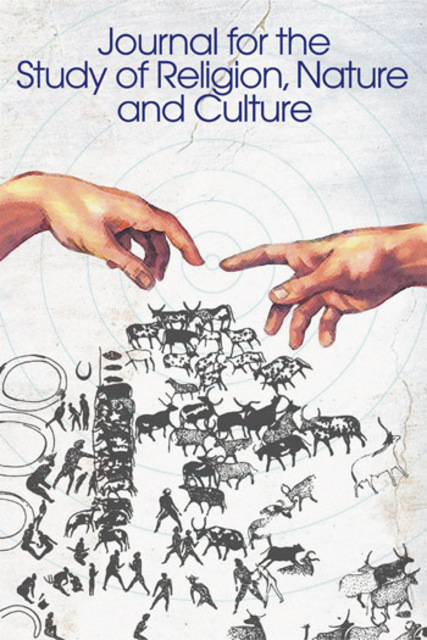From Sacred Grove to Dark Wood to Re-enchanted Forest (Part I): The Evolution of Arborphilia as Neo-romantic Environmental Ethics

Full description
Many human cultures have venerated forests and trees. I argue that the ubiquity of arborphilia across hemispheres, wherever forests have existed, suggests an evolutionary process that allowed adaptation to such arboreal realms throughout the world. Because trees in their constant recycling through the seasons evoke the ambivalence associated with death and renewal, paradoxical perceptions of forests and trees have coexisted throughout history. Depending on the era and culture, such attitudes about forests and groves have ranged from viewing them as hallowed sanctuaries deserving of protection from desecration, to fearing them as places inhabited by Satan or demonic spirits (explored in Part I), to appreciating them as not only aesthetically worthy but crucial for human survival (explored in Part II). An ecocritical examination of some of the many ways that tree veneration has been expressed culturally—through music, poetry, folktales, literature, film, and even jokes and advertising—reveals that loving trees provides a fundamental root for neo-romantic environmental ethics.
- typeImage
- created on
- file formatjpeg
- file size107 KB
- container titleJournal for the Study of Religion, Nature and Culture
- creatorJoy H. Greenberg
- issn1749-4915 (online)
- issue9.4
- publisherEquinox Publishing Ltd.
- publisher placeSheffield, United Kingdom
- rights holderEquinox Publishing Ltd.
- volume
- doi
We use cookies to analyze our traffic. Please decide if you are willing to accept cookies from our website. You can change this setting anytime in Privacy Settings.
